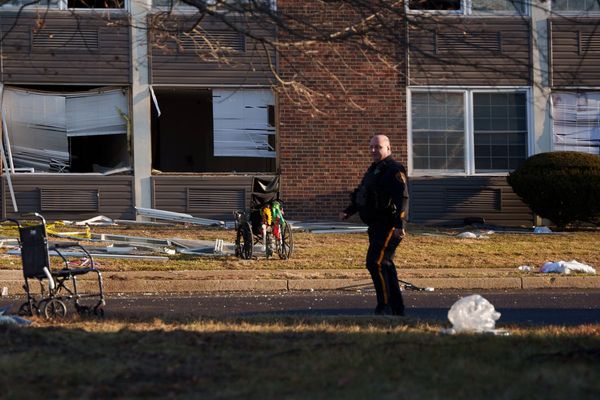
Local elections are pored over by politicians and pundits who try to read the runes and extrapolate how parties and their leaders are faring at a national level. Coming midterm in the general election cycle, they are sometimes considered a way to give the prime minister a kicking.
But opinions on what the results mean should always be treated with a big dose of caution. Labour won the biggest share of the vote in the 2011, 2012, 2013 and 2014 local elections but went on to lose the general election in 2015.
Here we look back at the past three sets of local elections to recall how the main political parties performed.
2019: worst Tory performance in more than two decades
The seats up for grabs this year were last contested in 2019, so those results will be the neatest way to compare how voting intention has shifted.
The elections came at a low point for the Conservative party, when Theresa May was clinging on having survived a confidence vote called by her own MPs.
The Tories lost 1,330 seats and control of 44 councils as their overall vote share dipped by 7%. The party was the most vulnerable to losses as most of the areas where the elections were held were traditionally its strongholds, but it marked the Conservatives’ worst local elections performance since 1995. Disillusioned voters left the party in droves in traditional Tory areas such as Chelmsford and Surrey Heath.
Though Labour was narrowly out in front in the national polls, the party took small overall losses, losing 84 councillors and control of six councils, including Burnley, Darlington and Wirral. The biggest winners were the Liberal Democrats and the Green party.
2021: Labour languishes as Boris Johnson enjoys Covid bounce
After a hiatus in elections due to the Covid pandemic, the Tories had a stronger showing under Boris Johnson’s leadership. With the country in the final stages of unlocking and the vaccine rollout getting under way, the wind was in the party’s sails.
Meanwhile, Keir Starmer had been leading Labour for only about a year and had been largely unable to get out and about across the country for rallies or major speeches due to coronavirus restrictions.
While the Tories saw their vote share rise by 8%, collecting control of 13 more councils and 235 extra councillors, Labour’s vote share climbed by just 1% and the party lost control of eight councils and 327 councillors.
Brexit was still a major factor, as the transition period had lasted until the end of 2020, meaning Starmer’s support for a second referendum was still hurting him among Tory-inclined swing voters.
The Tories picked up seats in traditionally blue-collar areas such as Durham and Rotherham, while Labour lost councillors in places such as Nuneaton and Bedworth that in a general election would be viewed as swing seats.
2022: scandal-hit Johnson drags Tories back down
Johnson’s leadership had helped the party soar the year before but by now his support was rapidly depleting. Haunted by sleaze scandals and the Partygate revelations, it was only a matter of time before Johnson would step down.
He suffered a similar fate to May, with the Tories facing a drubbing in the local elections, partly precipitating a loss of confidence in his leadership among members and MPs.
Activists told voters “it’s not Boris on the ballot paper”, but the Tory vote share dipped by 6%, and with that went nearly 500 councillors and control of 11 councils. The Conservatives lost a flagship council, Wandsworth in south London, said to have been a Margaret Thatcher favourite.
Starmer had a stronger showing, gaining 100 councillors and control of five councils as vote share rose by 6%. The party’s progress was not as emphatic as some would have liked in key seats such as Hartlepool, Peterborough and Ipswich. But Labour picked up control of Barnet in north London, which has a substantial Jewish population, in what was seen as a sign that the party had turned a corner on antisemitism.
In Scotland, where all-out local elections are held every four years, the Scottish National party cleaned up again, boosting its already high vote share by nearly 2%.







